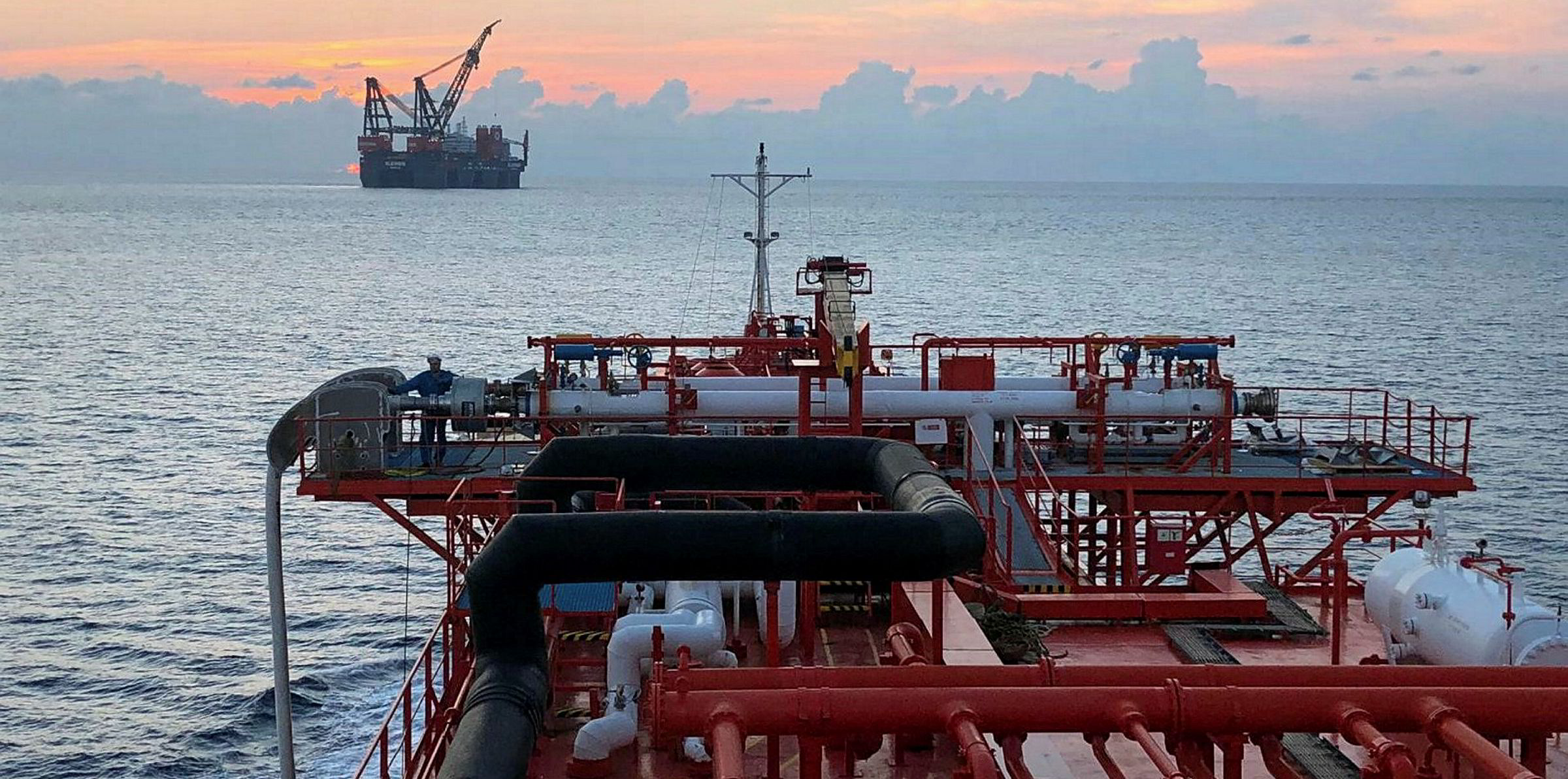Four LNG bunker suppliers are contending to supply five dual-fuel newcastlemax bulk carriers to be operated by mining giant BHP in 2022.
Singapore’s Pavilion Energy, Chinese privately-owned gas distributor ENN Energy, and oil majors Shell and Total are vying for BHP’s contract, according to industry sources.
Rasphal Bhatti, BHP vice president of maritime and supply chain, did not confirm the contenders’ identities. However, he said the gas supply contract is in negotiations and is expected to be awarded next month.
“In the last two years, the industry [LNG bunkering] has really spread its wings,” Bhatti said.
“Previously, it was very much Rotterdam centred. But Singapore has really taken the bull by the horns and has made significant progress from the operational perspective. So have Western Australia, China, South Korea and Japan.”
Bhatti said the contenders offered various options, including geographic choices.
“We are very keen to look at all of those [options],” he said.
“But it makes logical sense that we do not want to diverge the vessels from Port Hedland to China too far. So, it makes Australia, Singapore and China very strong candidates.”
LNG-fuelled quintet
BHP recently awarded a five-year charter contract for five LNG-fuelled 209,000-dwt newcastlemax bulker newbuildings to Idan Ofer-controlled Eastern Pacific Shipping. The vessels, to be built by China’s Shanghai Waigaoqiao Shipbuilding and New Times Shipbuilding, are slated for delivery in the first half of 2022.
The size of the LNG tanks on the ships has not been disclosed, but Bhatti said his company is making sure that the tanks will provide at least two to three rounds of iron ore delivery before the ships need to be re-bunkered.
Bhatti said the materiality of BHP’s five LNG-fuelled newcastlemax bulkers is significant in the context of LNG bunkering. The five ships will account for 10% of LNG bunkering in Asia, or 1.5% of global LNG bunkering, in 2022.
According to Bhatti, a 209,000-dwt bulker can transport around 2m tonnes of iron ore per annum between Australia’s Port Hedland and China. This is based on a ship making 10 voyages, each with a 200,000-dwt cargo.
CO2 emissions
The amount of CO2 that a LNG-fuelled newcastlemax bulker emits is 28,000 tonnes per year, as compared with a fuel-oil run bulker that discharges 43,000 tonnes of CO2, he added.
“That is 35% reduction of CO2 per annum by using LNG as fuel,” he said.
Bhatti is confident that BHP is on course to achieve its goal of cutting operational emissions by 30% by 2030, if all the vessels that are transporting iron ores switch to LNG fuel.
“That would mean we will be reducing CO2 by 1m to 1.5m tonnes per annum by 2030,” he said. “From the perspective of vehicles on Singapore’s roads, BHP would be taking out 25% of cars out of Singapore’s roads just through this exercise.”
BHP has been pursuing the concept of LNG-fuelled bulkers since 2017. It was one of the companies that Australian energy outfit Woodside was working with on the Green Corridor joint industry project.
The others were Fortescue Metals Group and Rio Tinto with shipowners Mitsui OSK Lines and U-Ming. All were working alongside Shanghai Merchant Ship Design & Research Institute and classification society DNV GL.






